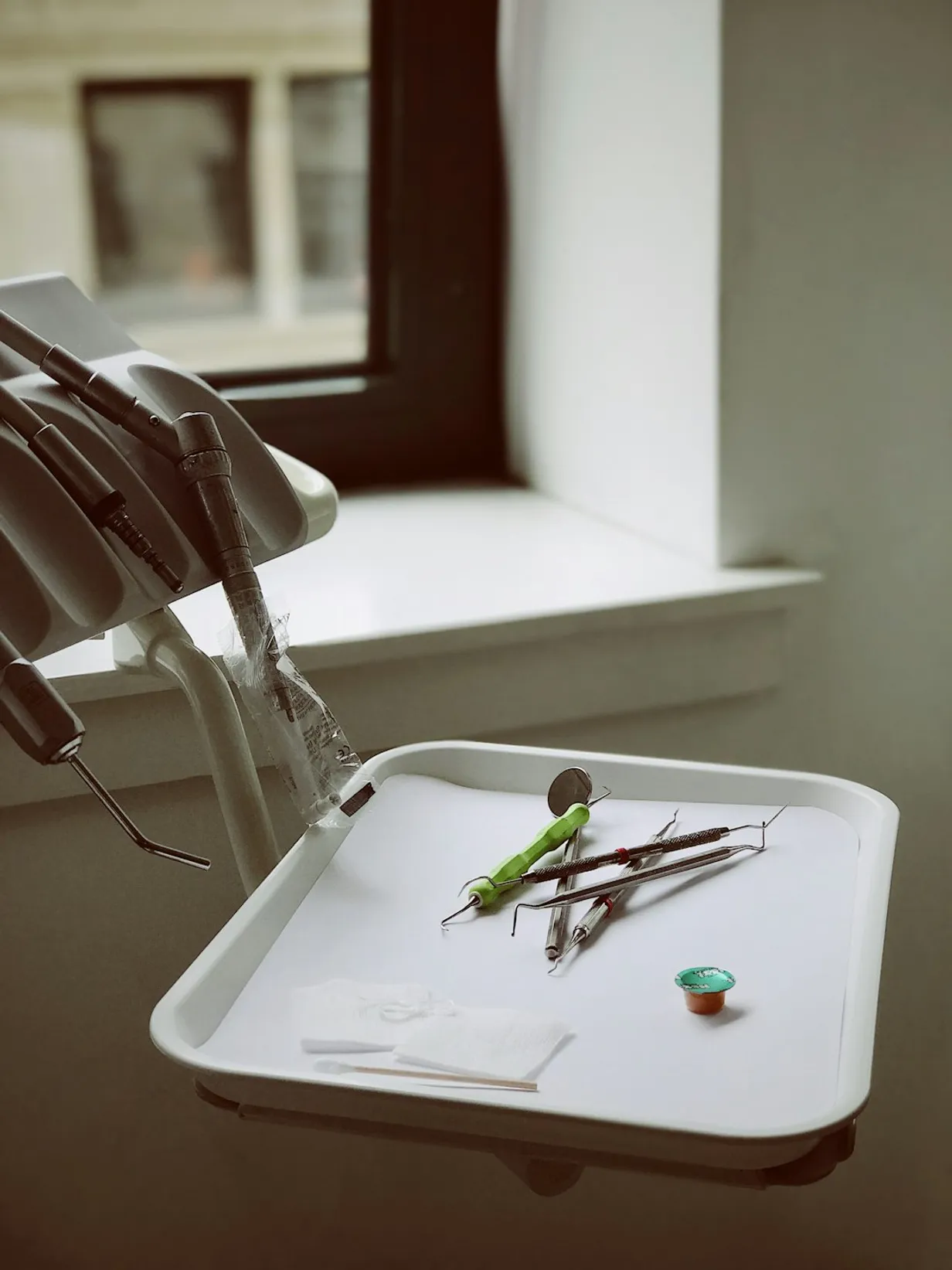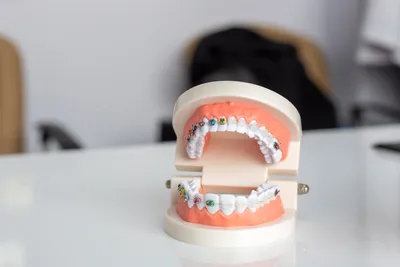
The Benefits of Laser Dentistry: Revolutionizing Oral Health Care
Introduction to Laser Dentistry
Laser dentistry is an innovative field that uses laser technology to perform a variety of dental procedures more efficiently, precisely, and comfortably than traditional methods. This article will explore the benefits of laser dentistry, how it works, and the types of treatments it can enhance.
How Laser Dentistry Works
Laser dentistry involves the use of specialized laser instruments that emit light energy. The laser can be adjusted to target specific tissues, making it highly versatile. Different wavelengths of light are used for different dental procedures, such as cutting through tissue or targeting decay.
Types of Lasers in Dentistry
- Hard Tissue Lasers: These are used primarily for teeth and can help in cavity detection, tooth preparations, and dental fillings.
- Soft Tissue Lasers: These target gums and soft tissues and are used for procedures like gum reshaping, removing soft tissue growths, and treating periodontal disease.
Advantages of Laser Dentistry
Laser dentistry offers numerous benefits compared to traditional methods:
Minimized Pain and Discomfort
Lasers can reduce the need for anesthesia as they often cause less pain and discomfort during procedures. This makes them an excellent option for patients with dental anxiety.
Reduced Healing Time
Laser treatments are less invasive, resulting in reduced swelling and bleeding. This means quicker recovery times for patients.
Increased Precision
Lasers can precisely target specific areas, reducing the risk of damage to surrounding tissues. This precision allows for more effective treatment outcomes.
Applications of Laser Dentistry
Laser dentistry can be used in various dental treatments, including:
Teeth Whitening
Laser teeth whitening is a popular cosmetic treatment that provides faster and more noticeable results compared to traditional whitening methods.
Cavity Detection
Lasers can detect cavities at an early stage, allowing for timely intervention and preservation of more tooth structure.
Treating Gum Disease
Lasers are effective in treating gum disease by removing infected tissue and promoting the regeneration of healthy gum tissue.
Conclusion
Laser dentistry represents a significant advancement in the field of dental treatments. Its precise, effective, and patient-friendly approach makes it a valuable addition to modern dental practices. If you are considering dental treatment, ask your dentist about the potential benefits of laser dentistry for your specific needs.
Popular Dental Care Guides
Discover our most popular articles that our readers find the most helpful and insightful, covering a range of dental health topics.




Related Posts
View All
How to Prevent Gum Disease with Daily Habits

Preventative Dental Care: Essential Tips for All Ages
